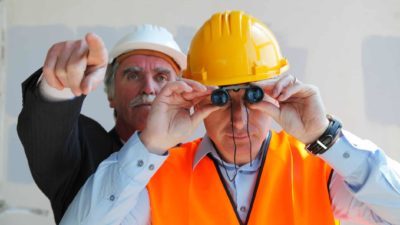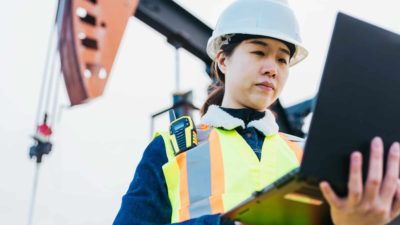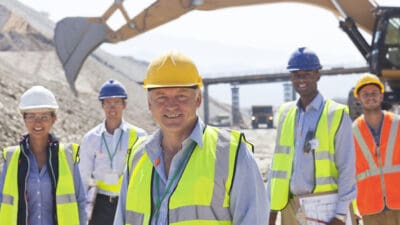Our iron ore miners are likely to find support from reports that China's steel industry isn't slowing down this winter even as its trade war with the world's largest economy continues to weigh on economic growth.
But the US-China trade war is precisely why Chinese iron ore consumption is expected to remain robust over the next six months – a period that usually sees the Asian giant impose pollution controls that restricts output on the industry during its winter season.
The bullish outlook comes on news that China's iron ore imports are on track to surpass 100 million tonnes in October, which is only the third time in history that this has happened, according to a report from Reuters on Friday.
The prediction is based on vessel and port data compiled by Refinitiv, and while it may not match up to the official Chinese customs numbers when these are released, it's still a bullish sign our major ASX miners like the BHP Group Ltd (ASX: BHP), Rio Tinto Limited (ASX: RIO) and Fortescue Metals Group Limited (ASX: FMG).
In case you are wondering, official government data showed that China imported 99.4 million tonnes of the commodity in September, which is a 20-month high.
Slowdown? What slowdown?
Aren't we supposed to be in the midst of growth recession?
But it's exactly this fear that is likely to prompt the Chinese government to loosen the reigns on environmental controls as it seeks to support economic expansion. China knows that any weakness will be exploited by the Americans to gain leverage on trade negotiations.
The same is also true in reverse, and trade talks between the two economic powerhouses have turned into a game of "who blinks first".
Samarco restart could lift prices more
Investors will also be mulling separate reports that Brazilian authorities have given the green light to restart Samarco following the tragic tailings dam failure in 2015 that claimed 19 lives.
BHP and Vale SA are equal owners in the mine, which produced 25 million tonnes of ore during its heyday.
The news may not put much downward pressure on the iron ore price, and if anything, could see the commodity stay higher for longer. This is because the restart is slower and longer than expected, according to the Australian Financial Review.
The mine will commence production at the end of 2020 and will produce less than a third of its 25 million capacity on an annual basis. Vale said there is the potential to increase output between 14 million to 16 million tonnes by 2026.
This contrasts to expectations by some that production will return to normal within three years.
It's a long road back from perdition.








